Our vision is a thriving, climate resilient, low-emissions Waitaha/Canterbury.


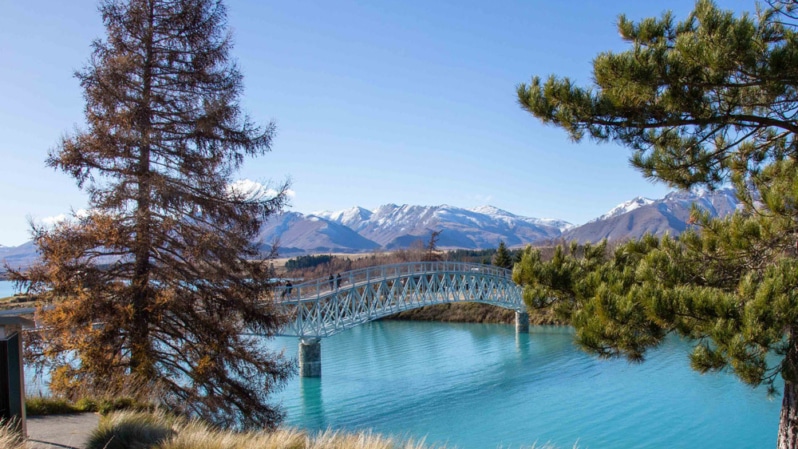
To tackle climate change and its impacts effectively, we know we must work together. Councils in Waitaha/Canterbury have joined forces to deliver bold climate actions for our region.
Our vision is a thriving, climate resilient, low-emissions Waitaha/Canterbury.


There are ten key actions we will take on our collaborative climate action journey in Waitaha.
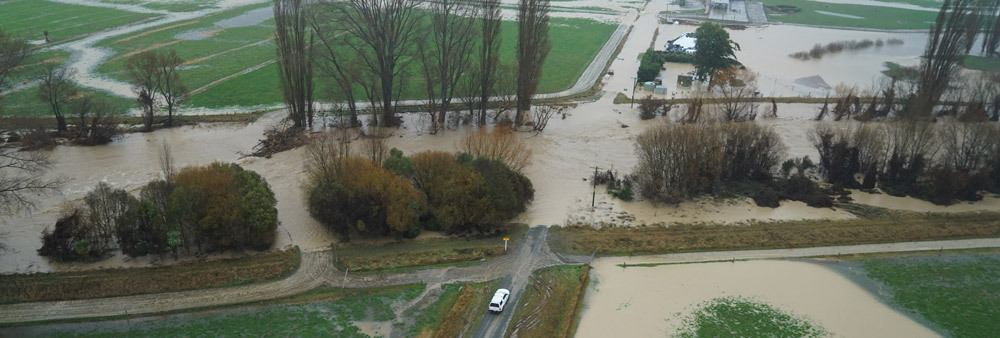
Councils have statutory responsibilities to avoid or mitigate natural hazards and to have regard to the effects of climate change when making decisions. We are also responsible for civil defence and emergency management, as well as improving community resilience.
This action is about furthering our understanding of climate risks in the region so that we can improve resilience. We need to know who and what is at risk, and where, for us to prioritise resources to do something about it.
The first Canterbury Climate Change Risk Assessment gave us a foundational understanding of current and future risks. These will change over time as climate effects intensify, but so too will our sensitivity to hazards and capacity to adapt. Therefore, we need reliable and robust tools to manage data and continually improve our understanding of risks and impacts as climate change unfolds. A tool will help us use consistent and up-to-date information to assess the vulnerabilities of different communities, ecosystems and assets as well as the interdependencies between these. This will enable us to target councils’ approaches to addressing potential vulnerabilities, ensuring resources are allocated efficiently.
By increasing our knowledge and understanding of climate hazards and risks we can better support communities to prepare for and adapt to climate change. We want to make this information available to our communities in a consistent, transparent, and easy to understand way.
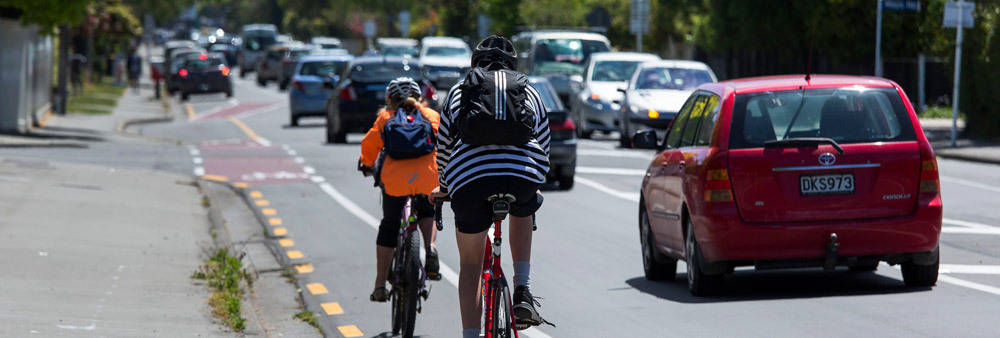
At a global scale, the more we reduce our emissions, the better our ability to adapt to the impacts of climate change. Put simply, if we do not cut our greenhouse gas emissions, we will be left with fewer choices on how to adapt and react to future challenges.
Waitaha has an important role to play in supporting international and national commitments to reduce greenhouse gas emissions and transition to a low-emissions future. We have a unique emissions profile in our region. Our approach is not to blame and shame particular high-emitting sectors; instead we aim to work with partners and key stakeholders to make robust, evidence-informed decisions about how all sectors can reduce their greenhouse gas emissions in a sustainable and timely way. Our aim is to make it possible for everyone to play their part in our collective climate action endeavour.
By working with others, understanding the risks and opportunities that transition to a low-emissions future presents, we can be strategic about mitigating those risks and leveraging opportunities early to provide for a planned and equitable approach to regional greenhouse gas emissions reduction.
A comprehensive transition strategy will lay out a road map individual councils can use to work with residents to most effectively reduce emissions at a local level.
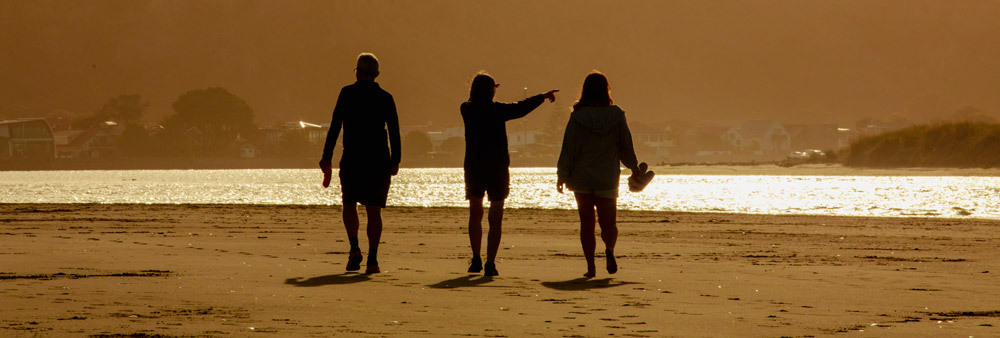
No matter how quickly we reduce emissions around the globe or in Aotearoa New Zealand, some level of climate change is already inevitable and we are already seeing those effects around the country. Adaptation means strengthening our ability to cope with risks from natural events like floods, storms and drought.
The Government is developing an adaptation framework to strengthen how Aotearoa New Zealand prepares for the effects of climate change, focusing on where people live and work. The framework is expected to provide greater clarity on adaptation roles and responsibilities, including that of local government and other key players like central government and insurers.
We will continue to play a pivotal role in working with communities to understand what is happening, what matters most, what we can do about it, and how we can implement and monitor adaptation actions. It is both an absolute necessity and opportunity that we use the knowledge and tools created by some of the other partnership plan actions and all work together to figure out the most appropriate adaptation options for communities at risk across each district taking a Treaty-based approach.
Some districts are already advancing with coastal adaptation planning, for example in Amberley Beach and Whakaraupō/Lyttelton Harbour. But there are other risks, and many other vulnerable communities who we will also need to work with. We won’t need to adapt everywhere all at once, nor will we be able to, but we can start working together now to lay the foundation for long-term adaptation planning in Waitaha to ensure a consistent, coordinated and community-centric approach on the ground, avoiding duplication of effort and sharing learnings.
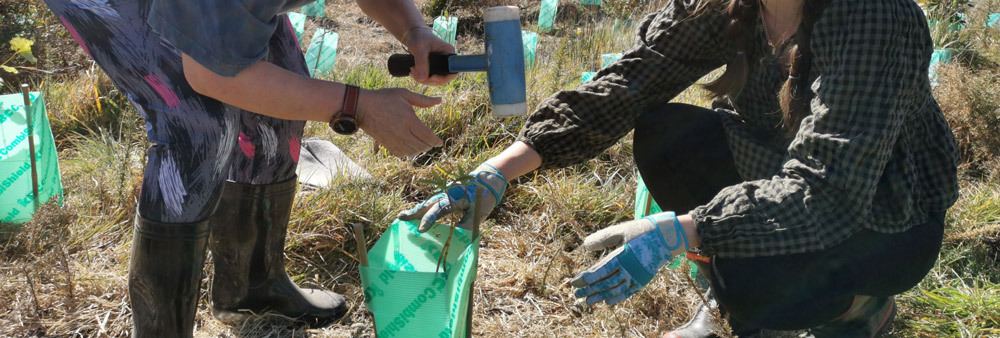
We already have many of the solutions we need to tackle climate change. One of the key things we can do is work with nature to address the climate and biodiversity challenges we face. Nature-based solutions are inspired by, supported by or copied from nature and we can harness these to deliver a multitude of benefits across the four wellbeings.
Nature-based solutions offer a cost-effective and practical approach to both building resilience and capturing and storing carbon. A blue-green network or infrastructure - a series of spaces and corridors that follow and connect blue (e.g. water bodies) and green spaces (e.g. parks, green areas) - provides a nature-based approach to addressing climate change impacts such as flooding and urban heat islands; and reducing emissions through carbon sequestration.
In addition to reducing the effects of climate change, blue-green infrastructure offers various co-benefits. They enhance the liveability of urban and rural areas through better integration of natural and built environments and offer opportunities for place-making and enhanced identity, urban cooling, water management, recreation, landscaping, indigenous ecosystem protection and restoration and habitat creation for indigenous fauna.
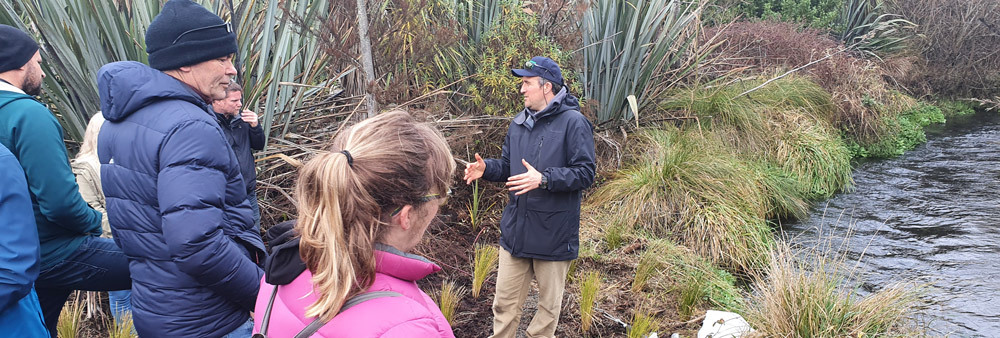
Everyone has a part to play in tackling climate change. We’ve already mentioned the key role councils play in helping communities prepare for and adapt to climate change, and we’re acutely aware of how important it is that we communicate with communities in a way that’s appropriate to them.
These actions build on the work done to date on ‘It’s time, Canterbury’ where councils have pooled resources, knowledge and expertise for a regional approach to climate advocacy and awareness raising. We aim to educate, empower, and engage by building the ‘It’s time, Canterbury’ content and expanding its reach. We will support communities with accurate and up-to-date information about the urgency of climate change, empower them with the knowledge and confidence to act as agents of change, and engage them throughout the journey to a resilient low-emissions future.
Civil Defence Emergency Management has a critical role in ensuring our communities are prepared, and able to respond, to natural hazards, and in the case of climate change, where these natural hazards are exacerbated over time.

Climate change is affecting Ngāi Tahu in unique and important ways, directly threatening wellbeing of mana whenua, their historic heritage (kainga tuturu), infrastructure (ngā waihanga), ability to undertake cultural practices, and disproportionately impacting future generations. The Canterbury Climate Change Risk Assessment showed there are potential risks to Ngāi Tahu interests across all pono (values) contained within Te Tūtei o Te Hau. It also indicated a risk of marginalisation of Ngāi Tahu perspectives in climate action planning.
The Ministry for the Environment has highlighted that empowering Māori is one of the five key principles in Aotearoa’s Emissions Reduction Plan and the National Adaptation Plan recognises the importance of embedding Te Tiriti o Waitangi across the climate response.
Te Rūnanga o Ngāi Tahu has developed its Climate Change Strategy Te Tāhū o te Whāriki (Anchoring the Foundations) and Action Plan (Te Kounga Paparangi). These provide direction across a wide spectrum. Waitaha councils have identified these actions so that they can seek to better understand both the requirements of mana whenua and how councils are best placed to support their climate action planning in their takiwā. The actions also provide an open door to future involvement by Papatipu Rūnanga in the governance and implementation of the Canterbury Climate Partnership Plan.

Not only must communities adapt but councils must too so we are as effective as we can be in a changing climate.
Climate change will impact everything we do and our ability to do things well. To be effective in a changing climate and avoid maladaptation, we must embed climate resilience at our core. This will ensure that climate considerations are not treated as separate or optional but are instead integrated across all aspects of local government operations. This approach helps councils address climate-related challenges effectively by displaying climate leadership, minimising risks, seizing opportunities and helping local communities to adapt appropriately thereby promoting the four wellbeings of current and future generations.

Climate action comes at a cost and realising the many benefits of climate action also requires some up-front investment. The wide range and scale of climate actions required by councils in the coming years will require funding and financing beyond existing methods.
The recently published He piki tūranga, he piki kotuku, Future for Local Government Report (2023) highlights the gap between current local government funding and what is needed for comprehensive climate action. It suggests there should be a large national fund available for the climate-related actions that need to be taken by local government.
This could represent a significant opportunity for local government around Aotearoa New Zealand, however, it is likely that rates will remain the main funding mechanism for councils for the foreseeable future. By working together to identify and leverage alternative funding and financing opportunities, Waitaha councils can implement climate actions and initiatives without putting further pressure on ratepayers.
It is critical that we develop effective funding and financing structures that enable local government in Waitaha to respond to the evolving challenges and opportunities posed by climate change. We need to use our united voice and work together to ensure councils have access to the right amount of capital at the right time.

We need to regularly monitor and evaluate the Canterbury Climate Partnership Plan to ensure that actions are impactful, and our desired outcomes are being met.
The development of baseline data and climate-related indicators offers valuable data for decision-making, helping assess the region’s vulnerability to various climate-related risks, and enabling policymakers to assess the effectiveness of policies and interventions.
It also assists in raising public awareness about the importance of climate action and its impacts, and enables efficient allocation of resources by governments, businesses, and communities.
The use of climate-related indicators can inform the development of effective climate policies, regulations, and incentives, and there is an opportunity to learn from the Climate Change Commission’s experience in developing indicators and metrics for climate adaptation when implementing this action.

To ensure the successful implementation of this plan, we need to coordinate a dedicated group of people from councils who have a key role to play in the delivery of these actions. This will allow for the continuation of a collaborative approach and reduce pressure and demands on individual councils who do not have staff capacity to manage project delivery of individual actions.
There are many benefits to taking regional climate actions. The challenge of climate change response means that we will only be successful if we strengthen our working relationships and help each other on this journey.
Climate change will have significant physical, economic, and socio-cultural impacts on our communities. Partnering on climate action allows for joint leadership to address these issues and collectively improve the four wellbeings for Waitaha communities.
Our united voice carries greater weight in advocating for our region’s needs to central government. By presenting a unified front, we can help shape legislation and policy and secure climate action funding and finance that aligns with our shared climate objectives.
Together, we possess a wealth of expertise, resources, and knowledge. By pooling our strengths, we can learn from each other and achieve far more than any one council could alone. From shared research and funding opportunities to coordinated projects, collaboration amplifies our regional impact.
Reducing duplication of efforts and streamlining processes, collaboration allows us to achieve greater efficiencies in implementing climate initiatives across Waitaha. With coordinated efforts, we can achieve results faster and more effectively, delivering tangible benefits to our communities.
Collaboration sparks creativity and innovation. By sharing ideas and best practices, we can inspire new approaches to tackling climate challenges. Through collaborative research and pilot projects, we can experiment with cutting-edge solutions and pioneer new, sustainable ways of doing things.
Climate change does not stop at district or regional borders. By collaborating across councils and looking beyond to our neighbouring regions, we can develop comprehensive resilience strategies that protect all our communities from the impacts of extreme weather events, sea-level rise, and other climate-related risks.